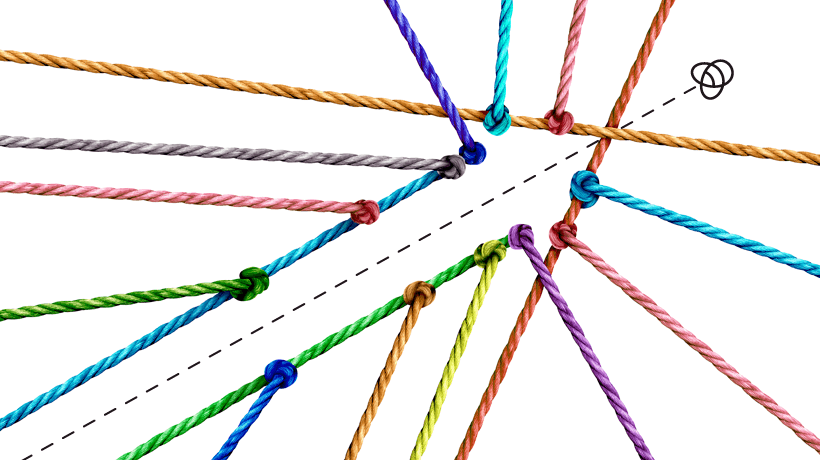The Israeli-Palestinian Conflict: Historical Primers That Help Explain the Century-Long Conflict

On October 7th, Hamas invaded Israel and brutally massacred 1,400 Israelis, mostly civilians. On a per capita basis, the attack amounted to twelve 9/11s (per The Economist). It also marked the single bloodiest attack on Jews since the Holocaust. Faced with an existential threat, Israel has launched its own devastating invasion of Gaza, with the goal of destroying Hamas leadership. Already, the assault has left 9,000 civilians dead and tipped the population into a humanitarian crisis. Barring a ceasefire, the casualties will almost certainly mount from here.
This explosion of violence represents the latest chapter in a century-long struggle between Jews and Arabs in the region. For those who have a tenuous grasp of the history of this conflict (it’s admittedly long and complicated), we’ve pulled together some helpful resources that explain key turning points in the struggle. Overall, these resources strive to offer a balanced account of the conflict, meaning they try to recognize the perspective of both sides and avoid offering a nakedly partisan account. While not perfect or comprehensive, the resources offer a starting point for putting today’s events in historical context.
To start, the Vox primer above traces the arc of the conflict, starting with the rise of nationalism and Zionism in the early 20th century, and the Balfour Declaration (1917) that announced support for the establishment of a “national home for the Jewish people” in Palestine. From there, the video covers the rising tension between Jews and Arabs during the 1930s, then the Holocaust and the United Nations’ plan (1947) to divide the contested territory into two states, one for Jews and one for Arabs. The Jews accepted the plan. The Arabs didn’t and launched an attack on the Jewish population, starting the 1948 Arab–Israeli War. Israel won, achieved statehood, seized lands originally delegated to the Palestinians and expelled residents, sometimes violently, from their homes. Next comes the Six-Day War of 1967 and the 1973 Yom Kippur War (oddly not mentioned by Vox). Then, we have the rise of the PLO and later Hamas (two organizations that have denied Israel’s right to exist); the vexing Israeli settler movement; the start of the first Intifada in 1987; attempts to make peace culminating in the Oslo Accords in 1993; and finally the breakdown of those peace efforts, thanks to extremists on both sides. Vox ends the narrative in about 2015, wondering about the future–the future we’re experiencing right now.
Immediately above, you can listen to a recent podcast hosted by The Atlantic‘s Derek Thompson. Featuring a conversation with two historians (Benny Morris and Zachary Foster), the podcast walks us through “the origins of the Israeli-Palestinian conflict, from antiquity to October 7”–reinforcing and elaborating on points made in the Vox video. Eventually, the host and historians also “share their thoughts on Israel’s military response, the future of the conflict, and the ‘missing moderate middle’ on both sides.”
We come next to a New York Times interview with David K. Shipler, author of the Pulitzer Prize-winning book, Arab and Jew: Wounded Spirits in a Promised Land. Here, the conversation focuses on the pivotal events of 1948, and how the Israelis and Palestinians have developed their own narratives of the events that took place that year. As Shipler explains, these narratives have shaped the Israeli-Palestinian struggle ever since, and they continue to shape the events on the ground in Gaza today. To understand the narratives is to understand why the conflict has endured for so long.
?si=8GHuZeoxc9pKivQi
Finally, we’re adding a video designed for a younger audience from John Green’s World History Crash Course. Completed in 2015, the video doesn’t cover the current crisis. But it provides another overview of the deeper historical conflict, while touching on the same narratives that Shipler outlines above.
We’ll try to post more resources as we find them…
If you would like to sign up for Open Culture’s free email newsletter, please find it here.
If you would like to support the mission of Open Culture, consider making a donation to our site. It’s hard to rely 100% on ads, and your contributions will help us continue providing the best free cultural and educational materials to learners everywhere. You can contribute through PayPal, Patreon, and Venmo (@openculture). Thanks!


